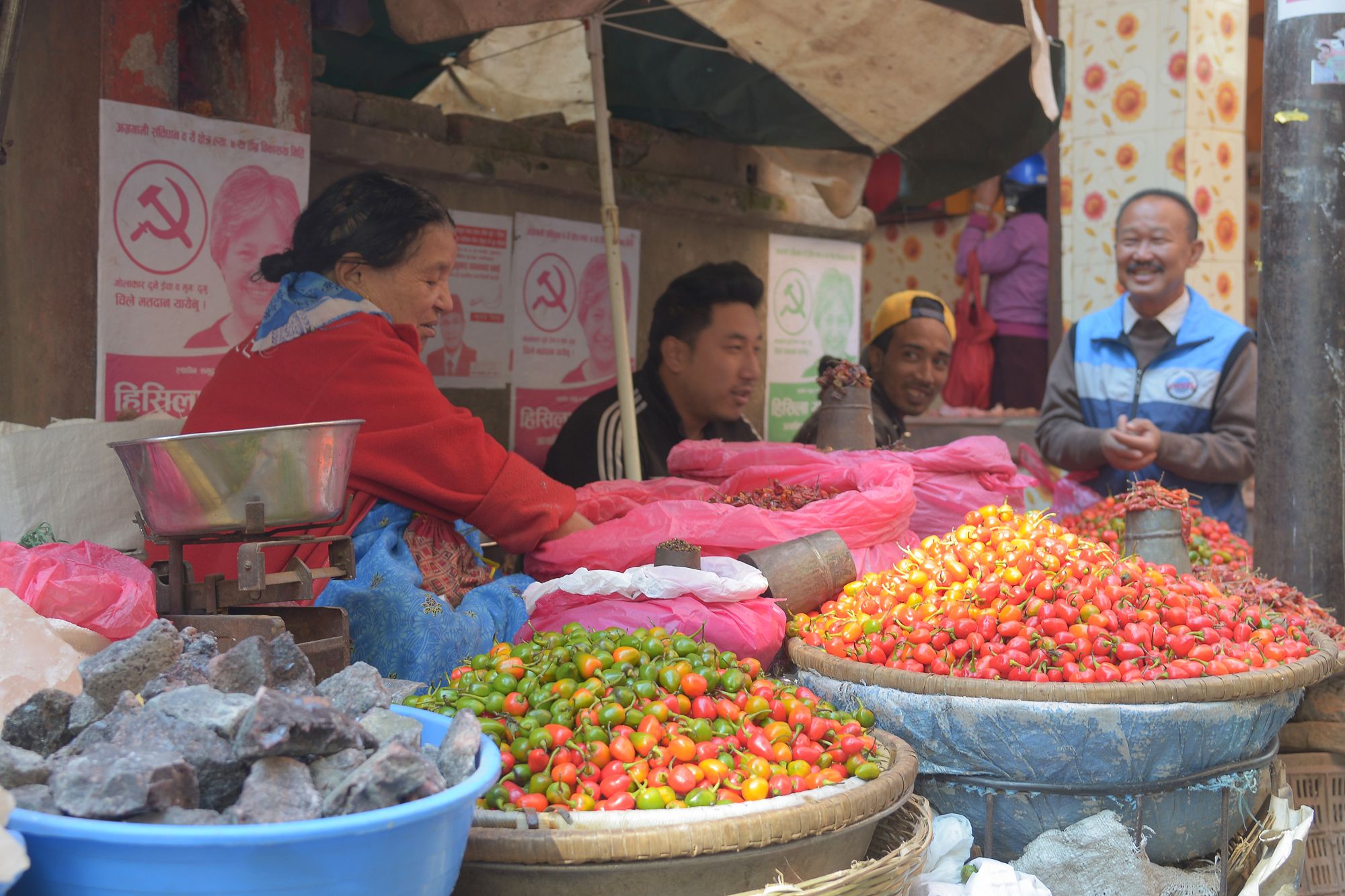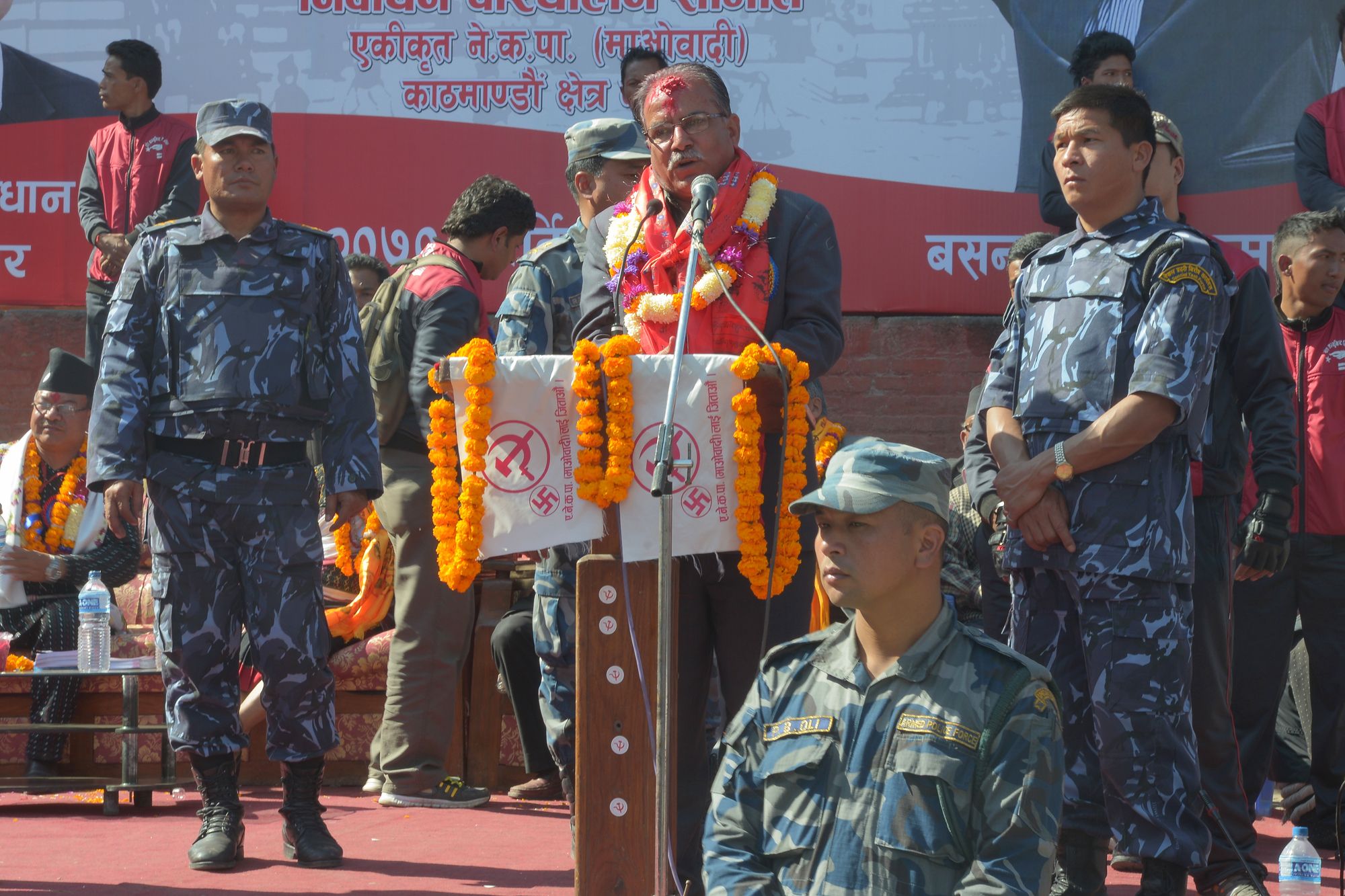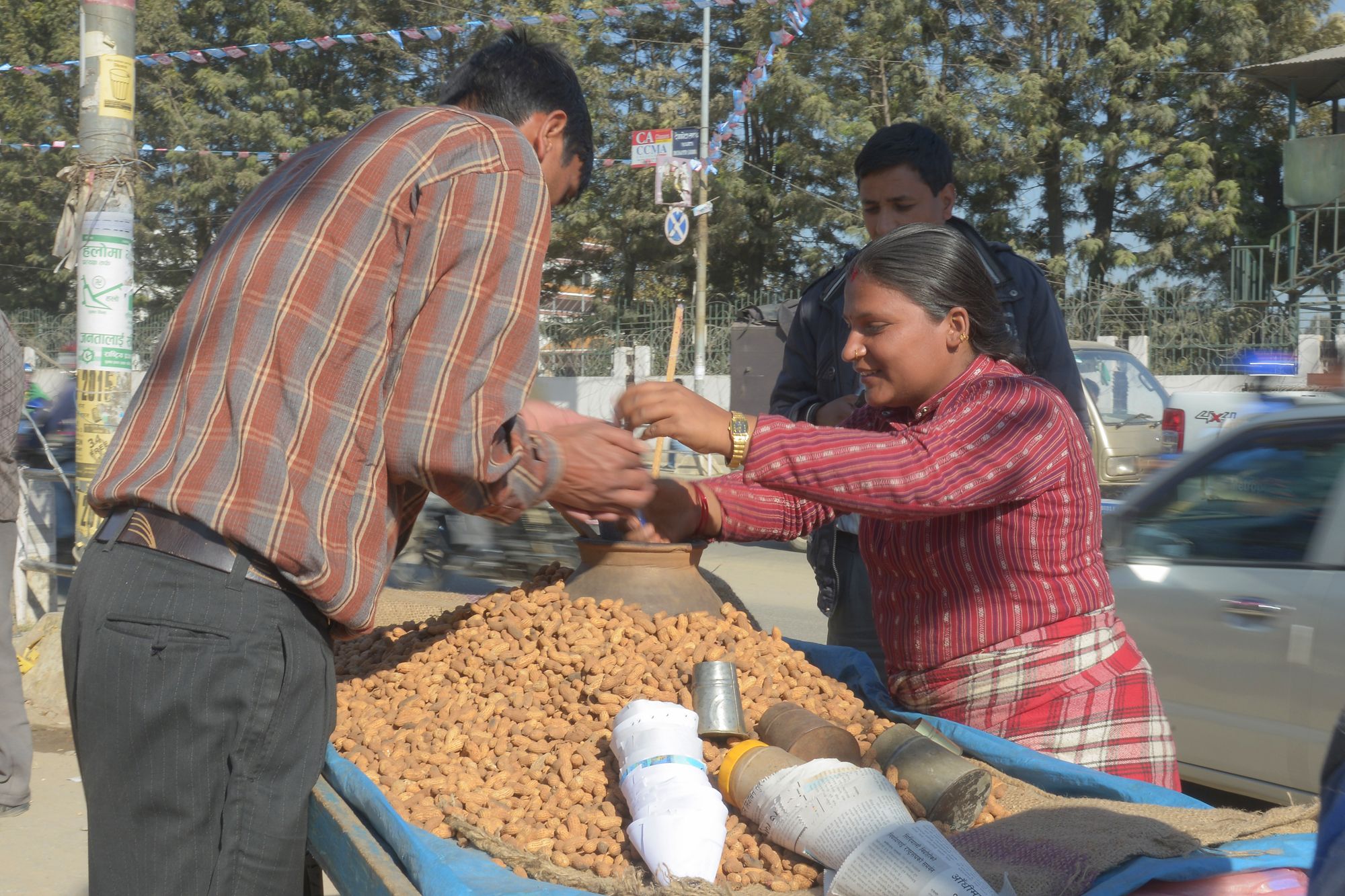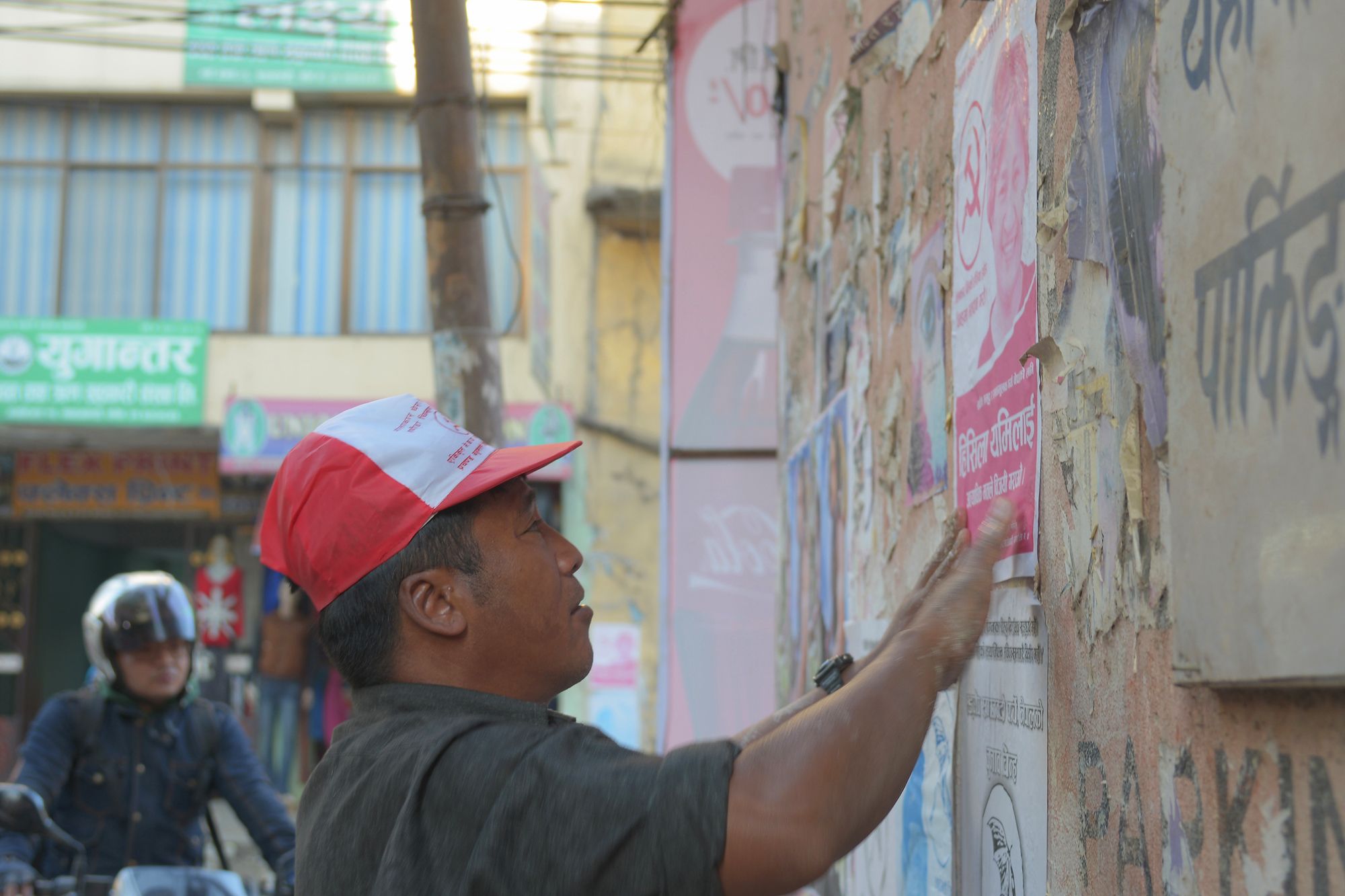November 23, 2013 | Pulitzer Center
Since Nepal abolished the monarchy in 2008, this country of 27 million has struggled to figure out how to create a government structure that would incorporate the diverse population. On Nov. 19, 12 million voters are expected to turn out for an election of a new constituent assembly—tasked with writing a new constitution and ending the political drift.









